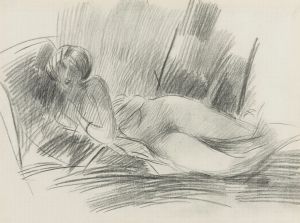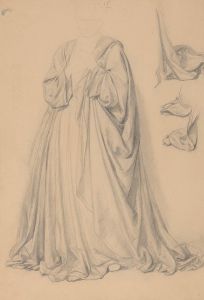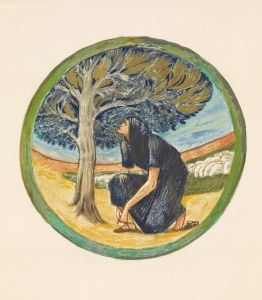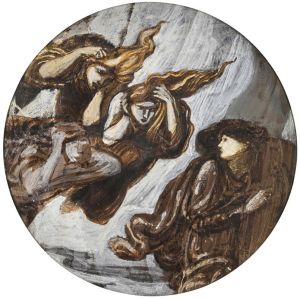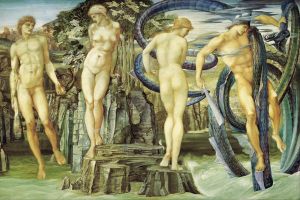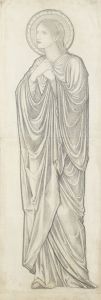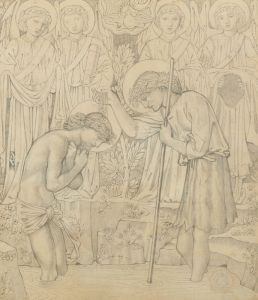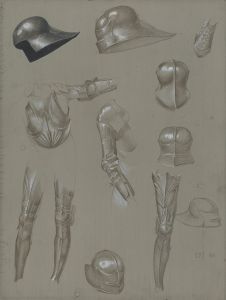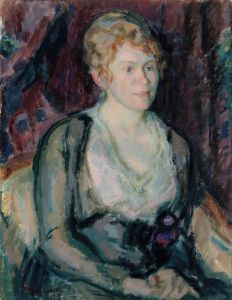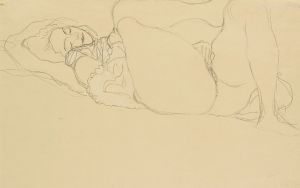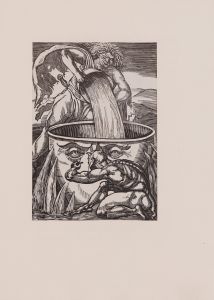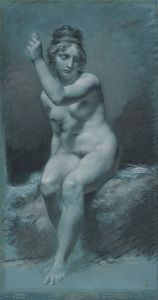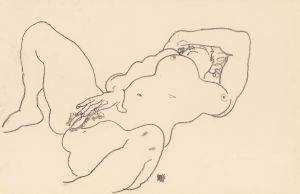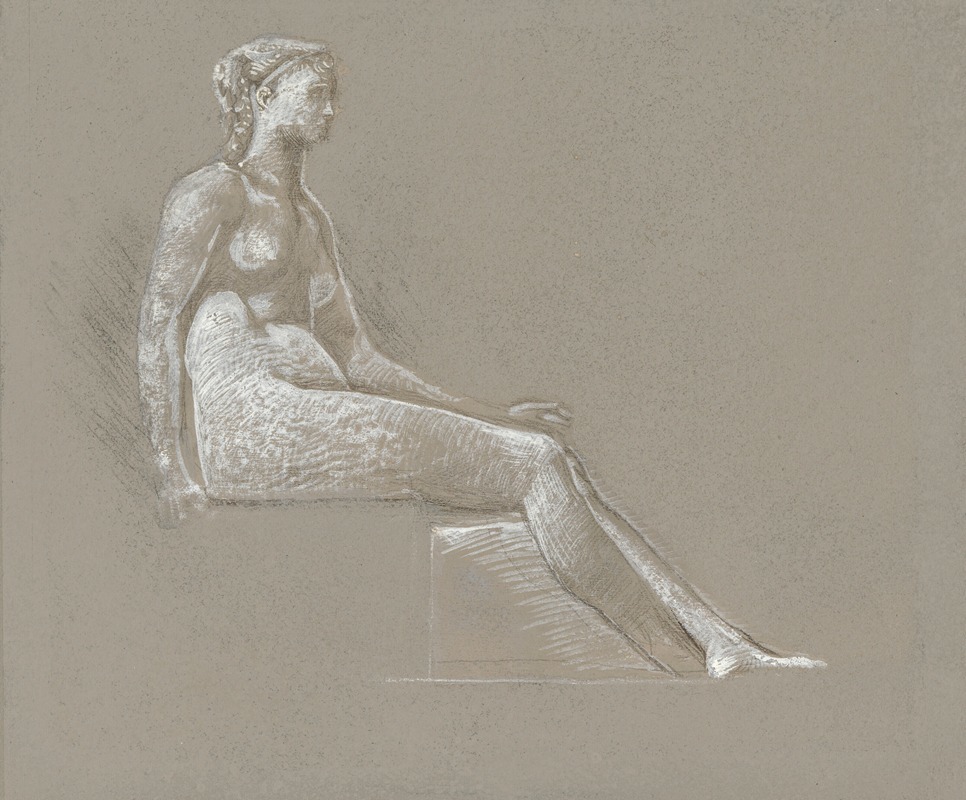
Female nude study
A hand-painted replica of Sir Edward Coley Burne-Jones’s masterpiece Female nude study, meticulously crafted by professional artists to capture the true essence of the original. Each piece is created with museum-quality canvas and rare mineral pigments, carefully painted by experienced artists with delicate brushstrokes and rich, layered colors to perfectly recreate the texture of the original artwork. Unlike machine-printed reproductions, this hand-painted version brings the painting to life, infused with the artist’s emotions and skill in every stroke. Whether for personal collection or home decoration, it instantly elevates the artistic atmosphere of any space.
Sir Edward Coley Burne-Jones, a prominent British artist associated with the Pre-Raphaelite Brotherhood, is known for his distinctive style that often features mythological and romantic themes. Among his works, the "Female Nude Study" stands out as an example of his skill in capturing the human form with sensitivity and grace. This study, like many of Burne-Jones's works, reflects his interest in the idealized beauty and the exploration of the human figure.
Burne-Jones was born in Birmingham, England, in 1833 and became a leading figure in the second wave of the Pre-Raphaelite movement. He was heavily influenced by his close friend and collaborator, William Morris, and together they contributed significantly to the Arts and Crafts Movement. Burne-Jones's work is characterized by its medieval romanticism, intricate detail, and a dreamlike quality that often transports viewers into a world of fantasy and legend.
The "Female Nude Study" by Burne-Jones is a testament to his ability to render the human body with both anatomical precision and an ethereal quality. Although specific details about this particular study are limited, it is consistent with his broader oeuvre, which frequently includes preparatory sketches and studies that reveal his meticulous approach to composition and form. These studies were often used as a foundation for his larger works, where he would incorporate the figures into complex narratives and elaborate settings.
Burne-Jones's approach to the nude was influenced by his admiration for the Italian Renaissance, particularly the works of artists like Botticelli and Michelangelo. His studies often exhibit a similar sense of harmony and proportion, emphasizing the beauty and elegance of the human form. The "Female Nude Study" likely served as an exercise in understanding the subtleties of light, shadow, and anatomy, which Burne-Jones would then apply to his more finished pieces.
Throughout his career, Burne-Jones maintained a focus on the aesthetic and spiritual dimensions of art, often eschewing the more realistic and contemporary subjects favored by some of his contemporaries. His work, including studies like the "Female Nude," reflects a desire to transcend the mundane and explore themes of beauty, love, and myth. This focus on the ideal rather than the real is a hallmark of his style and contributes to the timeless quality of his art.
Burne-Jones's legacy is evident in the continued appreciation of his work, which remains influential in both the study of art history and the practice of contemporary artists. His ability to blend technical skill with imaginative vision has secured his place as one of the most important figures in 19th-century British art. The "Female Nude Study," while perhaps not as widely recognized as some of his larger works, is an integral part of understanding his artistic process and the development of his unique style.





